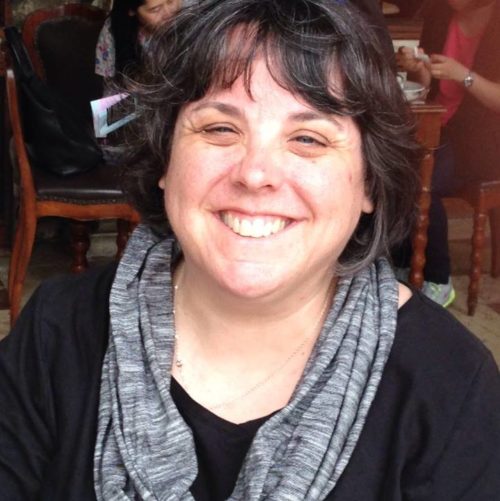And so another Lenten season begins.
Ash Wednesday was not part of my tradition growing up—the imposition of ashes was a little too “high” for my family’s solid low-church leanings. We didn’t give up anything for Lent, either. That was all something that only Catholics (or perhaps, as we thought of them, pseudo-Catholic Episcopalians) did. It wasn’t just Ash Wednesday and Lent, of course: my grandmother’s view of liturgy (any liturgy, mind you) was that it most closely resembled, in her words, “the vain incantation of the heathen.”
On Monday, as I read the responses to Pope Benedict’s resignation announcement (the New York Times alone devoted four different opinion columns to the news, including this appreciative response from Carol Zaleski of Smith, who writes regularly for Christian Century), I reflected with some gladness about how far we have traveled as “one holy catholic church” since my 1970s childhood. So much so that many of the denominational demarcations of the 1970s have lessened or disappeared, with many ecumenical practices incorporated across worshipping communities. Indeed, my Protestant college has had an Ash Wednesday service for many years now. And just last month, the Christian Reformed Church joined with other Protestant denominations in signing the Common Agreement on Mutual Recognition of Baptism with Catholics.
Rather than a cause for celebration, rather than an affirmation of the New Testament’s insistence on unity in the Body, this could all sound like the triumph of the lowest common denominator–that is, the fear of ecumenicalism as a watering down. I think that would be a mistake. But I also believe that the move towards unity is not one that needs to erase the richness of the multiple heritages of the Church Universal.
As an Army brat, I think my experience in going to the “General Army Protestant” service each week as a child gives me, perhaps, a different view and a stronger appreciation for difference. In the chapel, I worshipped each week with people from a range of Protestant denominations. This meant that in our service, we worshipped together, but simulaneously we also worshipped according to what our own traditions dictated. For example, people took communion while seated, while kneeling in the pew, or while kneeling at the altar. We had infant baptisms, and we had infant dedications, and we had infant christenings. We sang hymns that ran the gamut. But the result was not some kind of inoffensive pablum that obscured all theological flavor; the result was an experience where I learned to respect the differences of my fellow Christians, even while worshipping side by side–as the holy catholic church–with them each week. Like a prism, each Christian tradition refracted the plentitude of God, helping me see ever more ways to love God in heart, soul, mind, and strength.
As importantly, we shared the sanctuary with our Catholic brothers and sisters–something vital, I believe. And not just the same sanctuary, but the same altar. On that altar was a curious thing: a unique cross. For the Protestant service, the cross presented a plain, metal front to the congregation. But for the Mass, that same cross was turned around to reveal the figure of Jesus hanging upon it.
Every time I describe that cross, it generates a good deal of chuckling. And I admit, there’s a certain amount of whimsy in a “flippy cross.” On the other hand, it has always been, for me, a powerful image. The Catholic emphasis on the crucifix, the Protestant emphasis on the resurrection: the redemptive work of Christ represented in one object.
When I recite the Apostles’ Creed and I affirm the “holy catholic church,” then, what I am really affirming is that I need as many eyes as possible to help me fully see and deeply understand the work of Christ. That’s an important reminder, especially for those of us who spend our days mostly in conversation with others within our theological circle.
Sometimes, we need to a reminder to turn the cross around.

